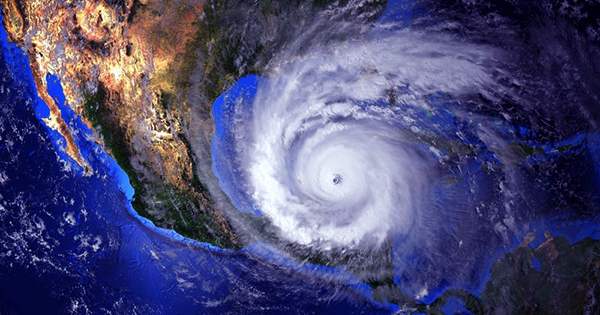After Tropical Storm Theater became the 29th hurricane in the Atlantic this year, the U.S. National Hurricane Center announced that it had broken the single-season record for the most named hurricanes in 2020, having previously held 28 hurricanes in the 2005 hurricane season. True to the spirit of 2020, this year’s Atlantic hurricane season was the busiest on record. The agreement is currently sealed after a tropical storm named Theta on the evening of November 10.
El Niño helps intensify hurricane activity in the Central and Eastern Pacific Basins while suppressing the Atlantic Basin. However, the planet has seen La Nina running this year, which means the hurricane activity in the Atlantic, was unsatisfactory.
Second, as predicted, this year saw warmer average sea surface temperatures in the tropical Atlantic Ocean and the Caribbean Sea, weaker tropical Atlantic trade winds, and a developed West African monsoon. All of these factors are known to increase the likelihood of hurricanes in the Atlantic. Although it is unclear how this hurricane season was affected by the world’s deepest climate crisis, it is now known that sea surface temperatures from human-driven climate change could increase the intensity and destructiveness of gradual tropical storms.
The Atlantic hurricane season runs from June 1st to November 30th, peaking between late August and September. The National Oceanic and Atmospheric Administration (NOAA) have predicted that May could be the season for this busy hurricane. However, the season has surpassed even their most extreme forecast. On top of this new record, 2020 also saw 12 major hurricanes landing in the United States, three more than the record set in 1916.
The rocky hurricane season is likely to be the result of a cocktail of climatic factors that have swept across the planet. The first reason is associated with the El Niño Southern Oscillation, a climate cycle that describes the temperature fluctuations between the oceans and atmosphere of the East-Central Pacific Ocean, which has a profound effect on the weather and climate of the entire planet. El Niño generally refers to the warmer periods, when the waters of the warmest surface of the Pacific Ocean sit on the coast of northwestern South America, while La Nina refers to winter when the east-central Pacific Ocean has low-average sea surface temperatures.














